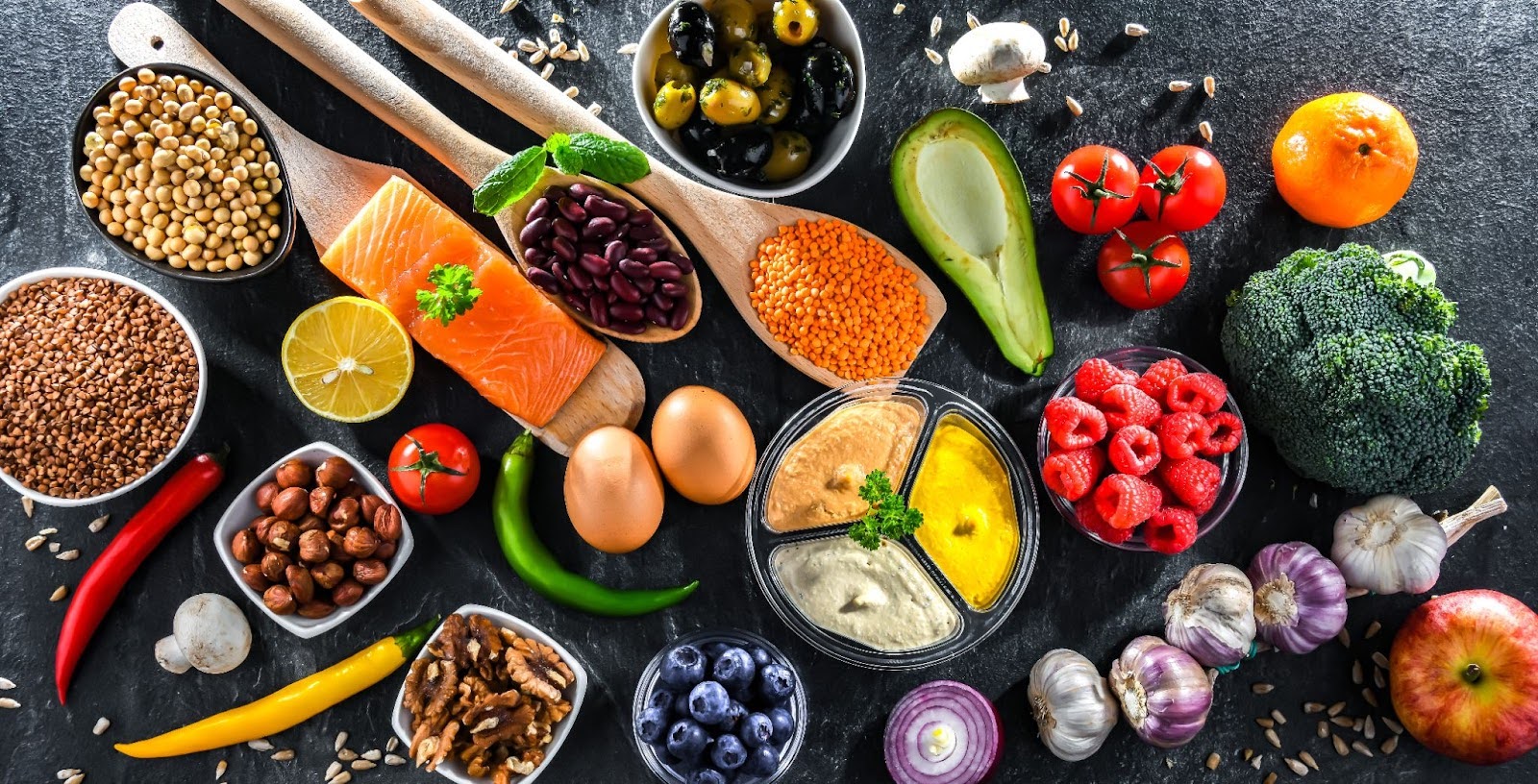How Your Body Processes Alcohol
Food in your diet must be digested before being absorbed by your cells, but alcohol included in your diet flows directly through your body’s membranes into your bloodstream, which carries alcohol to nearly every organ in your body.
The amount of alcohol dehydrogenase (ADH) your body manufactures is influenced by your ethnicity and your gender. Asians, Native Americans, and Inuits secrete less alcohol dehydrogenase than do most Caucasians, and the average woman (regardless of her ethnicity) makes less ADH than the average man does.
As a result, more unmetabolized alcohol flows from their tummies into their bloodstreams, and they’re likely to become tipsy on smaller amounts of alcohol.
Here’s a road map to show you the route traveled by the alcohol in every drink you take.
- Flowing down the hatch from mouth to stomach: The unmetabolized alcohol flows through your stomach walls into your bloodstream and on to your small intestine.
- Stopping for a short visit at the energy factory: Most of the alcohol you drink is absorbed through the duodenum (small intestine). From there it flows through a large blood vessel into your liver.
In the liver, an enzyme similar to gastric ADH metabolizes the alcohol, which is converted to energy by a coenzyme called nicotinamide adeninedinucleotide (NAD). NAD is also used to convert the glucose you get from other carbohydrates to energy; while NAD is being used for alcohol, glucose conversion grinds to a halt.
The normal, healthy liver can process about 1/2 ounce of pure alcohol (that’s 6 to 12 ounces of beer, 5 ounces of wine, or 1 ounce of spirits) in an hour. The rest flows on to your heart.
- Taking time out for air: Entering your heart, alcohol reduces the force with which your heart muscle contracts. You pump out slightly less blood, blood vessels all over your body relax, and your blood pressure goes down temporarily. The contractions soon return to normal, but the blood vessels may remain relaxed and your blood pressure lower for as long as half an hour.
Meanwhile, alcohol flows in blood from your heart through your pulmonary vein to your lungs. Now you breathe out a tiny bit of alcohol every time you exhale, and your breath smells of liquor. Then the newly oxygenated, still alcohol-laden blood flows back through the pulmonary artery to your heart, and up and out through the aorta.
- Rising to the surface: In your blood, alcohol raises your level of high-density lipoproteins (HDLs), although not necessarily the good ones that carry cholesterol out of your body. Alcohol also makes blood less likely to clot, temporarily reducing your risk of heart attack and stroke.
Alcohol makes blood vessels expand, so more warm blood flows up from the center of your body to the surface of the skin. You feel warmer and, if your skin is fair, you may flush and turn pink. (Asians, who tend to make less alcohol dehydrogenase than do Caucasians, often experience a characteristic flushing when they drink even small amounts of alcohol.) At the same time, tiny amounts of alcohol ooze out through your pores, and your perspiration smells of alcohol.
- Encountering curves in the road: Alcohol is a sedative. When it reaches your brain, it slows the transmission of impulses between nerve cells that control your ability to think and move. That’s why your thinking may be fuzzy, your judgment impaired, your tongue twisted, your vision blurred, and your muscles rubbery.
Alcohol reduces your brain’s production of antidiuretic hormones,which keep you from making too much urine. You may lose lots of liquid, vitamins, and minerals. You also grow very thirsty, and your urine may smell faintly of alcohol. This cycle continues as long as you have alcohol circulating in your blood, or in other words, until your liver can manage to produce enough ADH to metabolize all the alcohol you’ve consumed.
Most people need an hour to metabolize the amount of alcohol (1/2 ounce) in one drink. But some people have alcohol circulating in their blood for up to three hours after taking a drink.
For more articles like this please visit the “dummies.com” web site.









Comments - 0